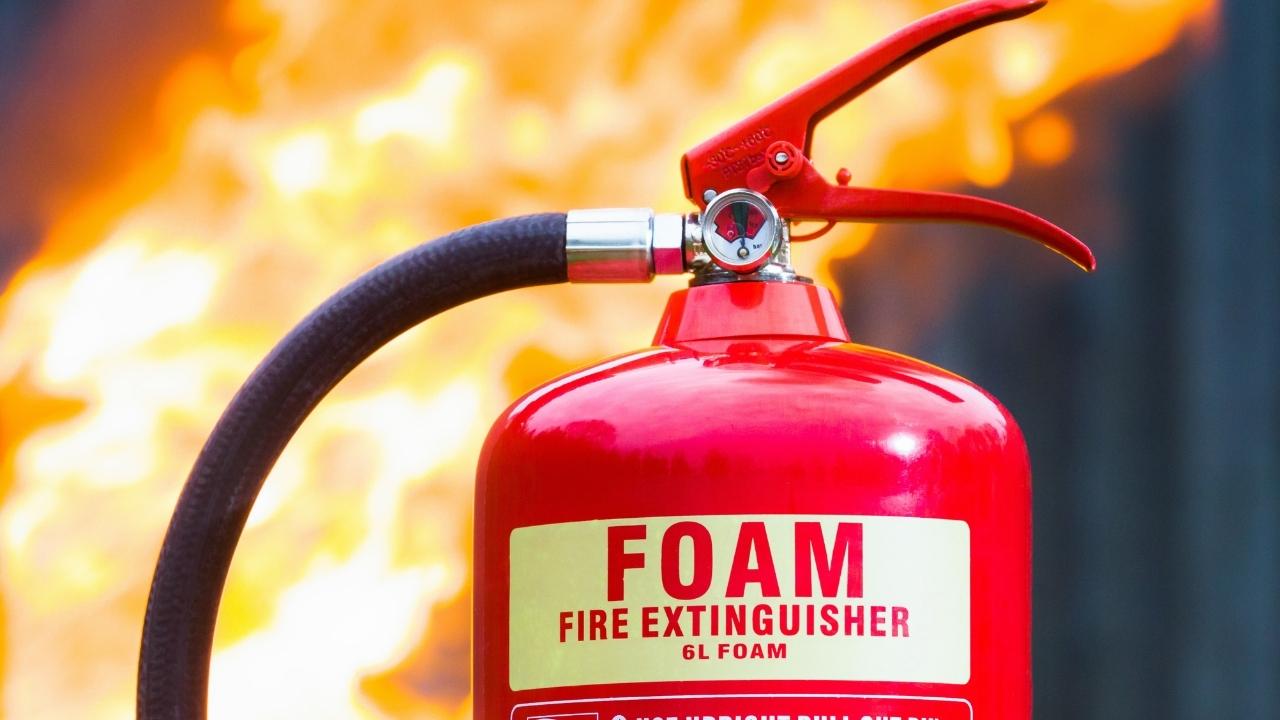Table of Contents
Aqueous Film-Forming Foam (AFFF) is a fire suppressant widely used for decades in firefighting. In recent years, numerous lawsuits have been filed against AFFF manufacturers, alleging that exposure to these chemicals has led to various health issues, including certain types of cancer.
Understanding eligibility for AFFF lawsuit eligibility is crucial for individuals who may have been affected by AFFF exposure. These legal actions seek compensation for those who have suffered health consequences due to exposure to AFFF.
As the litigation landscape evolves, knowing who qualifies to file a claim and under what circumstances can be vital for those seeking justice and compensation for AFFF-related health issues. This post will explore the key factors that determine eligibility for AFFF lawsuits and provide guidance on how to proceed if you believe you may have a valid claim.
Getting Help is Easy
Call Us Anytime. Nights And Weekends, We’re Available.
A Trusted, Experienced Partner
Fill out the form on the top of the page and a case specialist will reach out to you.
No Fees Unless We Win
No Win, No Fee. You Don’t Pay A Penny Unless We Win Your Case.
AFFF Lawsuits: An Overview
AFFF lawsuits have emerged primarily due to the alleged health impacts of per- and polyfluoroalkyl substances (PFAS) in the foam. Plaintiffs claim that AFFF manufacturers and other liable parties knew or should have known about the potential dangers of these chemicals but failed to warn users or the public adequately.
The litigation seeks compensation for individuals who have developed health issues allegedly linked to AFFF exposure (learn more about the symptoms). Many lawsuits also aim to hold companies accountable for the continued production and use of PFAS-containing AFFF despite growing evidence of its harmful effects.
Major defendants in AFFF lawsuits include chemical manufacturers and AFFF producers such as:
The U.S. government is also involved in some cases.
As of 2024, more than 500 AFFF-related lawsuits have been consolidated into multidistrict litigation (MDL) in the U.S. District Court for the District of South Carolina. This consolidation aims to streamline pretrial proceedings and potentially facilitate global settlements.
Some cases have already resulted in significant settlements, while others are still in various stages of litigation. The legal landscape continues to evolve, with new cases being filed and ongoing negotiations between plaintiffs, defendants, and regulatory bodies shaping the future of AFFF-related compensation and remediation efforts.
Exposed to AFF?
AFFF Exposure Lawsuit Eligibility
Occupational exposure typically involves individuals who worked directly with AFFF or in environments where it was regularly used, such as civilian and military firefighters.
- Firefighters, both professional and volunteer, are among the most prominent groups eligible for AFFF lawsuits due to their frequent and direct exposure to the foam during training and actual firefighting operations.
- Military personnel may also qualify if they worked with AFFF in fire suppression roles. All Navy personnel, for instance, are considered firefighters.
- Non-firefighters may also qualify to file a lawsuit if they were exposed to AFFF on several occasions.
Environmental Exposure
Environmental exposure covers those who may have been exposed to AFFF-contaminated water, often due to living near military bases, airports, or firefighting training facilities where AFFF was extensively used. This can include:
- Residents living near military bases where AFFF was extensively used in training exercises or actual firefighting may be eligible for lawsuits, particularly if there’s evidence of PFAS contamination in local water sources.
- Communities with contaminated water supplies, even if not directly adjacent to military installations, may qualify if PFAS contamination is present.
- Individuals living near firefighting training facilities, such as fire academies or dedicated training grounds, may also be eligible if these sites use AFFF in their programs.
For environmental exposure cases, proof of residence in the affected area is typically required to establish eligibility for a PFAS lawsuit. Health issues consistent with PFAS exposure would further strengthen the case for these environmental exposure claimants.
Schedule a Free Case Review
The Time Limit to File an AFFF Lawsuit
To be eligible to file an AFFF lawsuit, you must also file within your state’s statute of limitations, as this plays a crucial role in eligibility. The time limit for filing a lawsuit varies by state and can be complex in AFFF cases due to the latency period between exposure and the onset of health issues.
Generally, the clock starts when the plaintiff discovers or reasonably should have discovered their injury and its potential link to AFFF exposure. However, some states have specific rules for toxic exposure cases. To ensure you don’t miss the filing deadline, contact an attorney to talk about AFFF lawsuit eligibility as soon as possible.
The Legal Process for AFFF Lawsuits
For those who are eligible, toxic tort lawsuits may be pursued as individual cases or class actions:
- Individual lawsuits allow plaintiffs to seek compensation for their specific damages, which can benefit those with severe health issues.
- Class actions, on the other hand, group similar claims together, potentially increasing efficiency and reducing costs for plaintiffs.
- Many AFFF cases have also been consolidated into multidistrict litigation (MDL), a federal legal procedure centralizing multiple similar lawsuits under one judge for pretrial proceedings.
Potential outcomes of AFFF lawsuits include settlements, which many anticipate given the scale of the litigation, or trials if settlements cannot be reached. Compensation may cover medical expenses, lost wages, pain and suffering, and, in some cases, punitive damages. Read our AFFF lawsuit FAQs to learn more.
The amount of compensation can vary widely depending on factors such as the severity of the health condition, extent of exposure, and strength of the evidence linking the condition to AFFF exposure. To learn more about getting compensation if you are eligible to file an AFFF lawsuit, speak to an AFFF lawsuit lawyer from the Goldwater Law Firm’s partner law firms.


